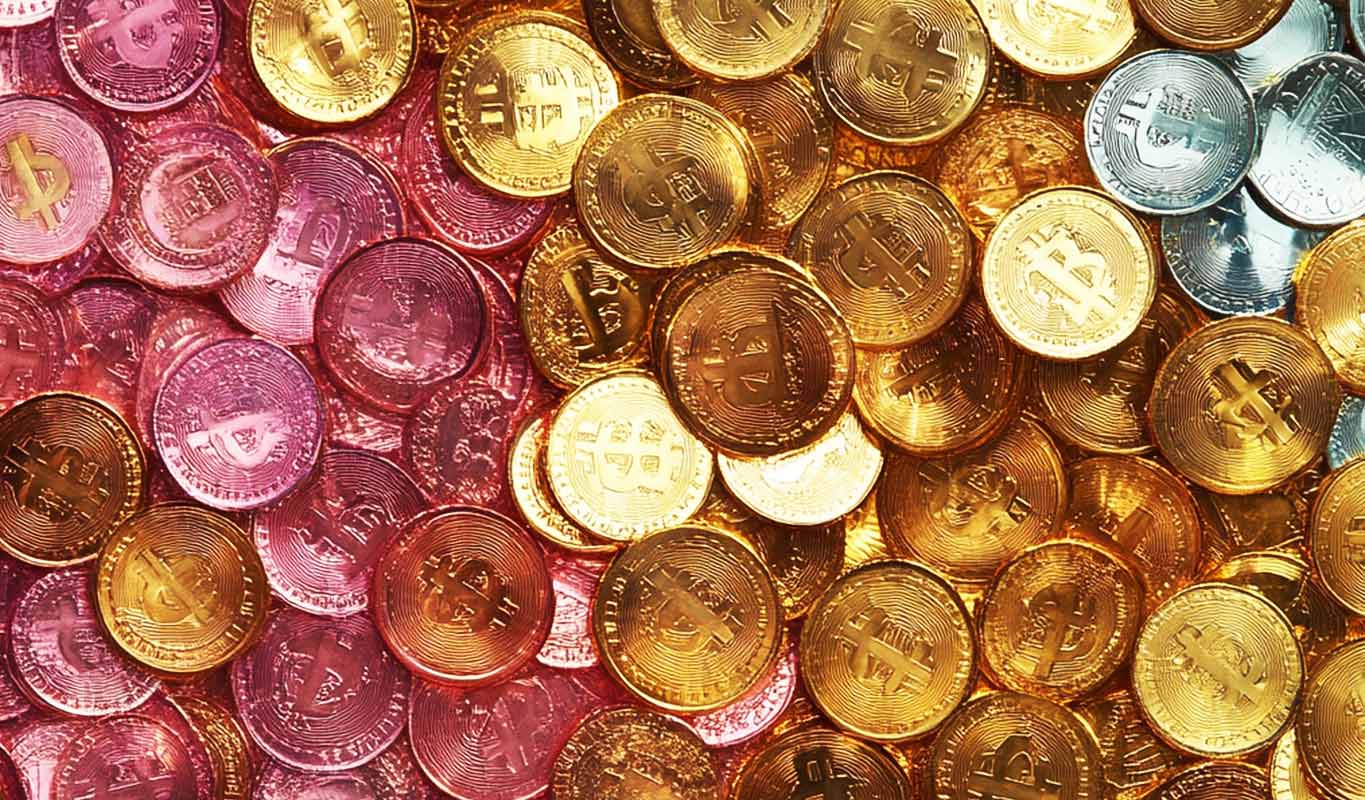On Thursday, the Central Bank of Iran will commence its central bank digital currency (CBDC) pilot project in conjunction with the country’s Chamber of Commerce, Industries, Mines, and Agriculture. The CBI explained that the goal of creating crypto-rial is to convert currency into programmable entities.
The bank’s announcement follows its release of a draught paper in August, which outlined the goals, dimensions, dangers, and opportunities for the creation of a digital rial. This digital currency is said to have exceptional security, which has led Iran to become the latest nation (joining Jamaica, The Bahamas, and China) to take advantage of crypto technology.
Iran set to launch Crypto-Rial on Thursday
The central bank digital currency (CBDC), also known as the “crypto rial” in the country, will be pegged 1:1 to the Rial, Iran’s national currency. This is a project that officials hope will give them more control over the national currency and its users. It could also offer new opportunities to financial actors.
Since the United States withdrew from a nuclear deal with Iran and imposed sanctions in 2015, cryptocurrency has become increasingly popular in the Middle East. Some officials in Tehran recognized the potential of cryptocurrencies to circumvent sanctions when crypto usage was high in 2018.
However, the digital Rial will not be used outside Iran’s borders as it will only be utilized inside the country’s border. The digital Rial will run on a Borna platform, developed using Hyperledger Fabric. IBM, an American technology giant, established the open-source enterprise blockchain platform.
It’s a permissioned distributed ledger technology (DLT) platform, which implies the central bank has sole control over who gets access. Additionally, the currency cannot be mined like Bitcoin or other decentralized cryptocurrencies.
The network structure allows a few banks to act as guardians of the ledger, where all transactions and activities are recorded. In the future, other entities might be granted access too. Bank users will be able to trade in their current rials, either cash or stored in an account, for the new digital rials. The digital rials will then be available through a mobile phone wallet.
Iran’s CBDC holds high regard for transparency
According to Saeed Khoshbakht, one of the Borna’s creators, the project is unique in Iran and will set a precedence for future efforts. He also said that, even though the project was highly centralized, it would allow for more banks to get involved in the previously mentioned distributed ledger due to its transparency.
For now, at least four more nodes will be designated to handle the distributed ledger. It’s true that they’re also banks, but instead of being focused in a single point, the data will now be placed across at least five points, and that number could gradually grow if the project is successful.
Saeed Khoshbakht
In addition to lowering costs and offering new revenue streams, the bank could also open doors for banks and fintech by allowing them access to new fee-based income sources. This could potentially transform the present limited fee-based services that have long been a problem for cash-strapped Iranian financial institutions.
Lastly, the platform could deploy a wide variety of smart contracts. These are self-executing contracts that can be automatically implemented and have not yet found widespread use across the Iranian economy.
The effects and dangers of the Crypto-Rial on the Iranian economy
The benefit of crypto-rial is that it can be easily monitored. Even if smartphone data gets hacked, the crypto-rial can still be recovered. According to past Central bank of Iran (CBI) announcements, the crypto-rial, which would be entirely digital and resemble physical banknotes and coins, is expected to become a new national currency.
Dozens of central banks worldwide are developing their CBDCs, and experts are most concerned about how they will affect customers’ privacy. The Iranian central bank’s draft document addresses privacy concerns but also points out that anonymity would exacerbate money-laundering worries.
Some members of the cryptocurrency community in the area are concerned about potential violations of their right to privacy. Crypto market analysts believe that, because malicious software is so widespread in Iran, hacked phones could be used to attack the digital rial app.
The digital Rial may be linked to efforts to control Iran’s high inflation, which is currently over 40 percent. For decades, the main reason for the country’s runaway inflation has been a lack of financial discipline, resulting in uncontrolled money printing to help with perennial budget deficits.
The country’s digital currency could present either an economic opportunity or a threat. The government views crypto as a means of avoiding severe U.S. sanctions – such as ordering $10 million worth of imports to be paid in crypto earlier this year. However, the CBI has not divulged much information about its work on a digital Rial or how it would work.
According to the report, the digital currency was not made to compete with other global cryptocurrencies like bitcoin. The digital Rial’s success in Iran is still unknown. The global crypto community is watching and waiting to see if it will be a success or a flop.





